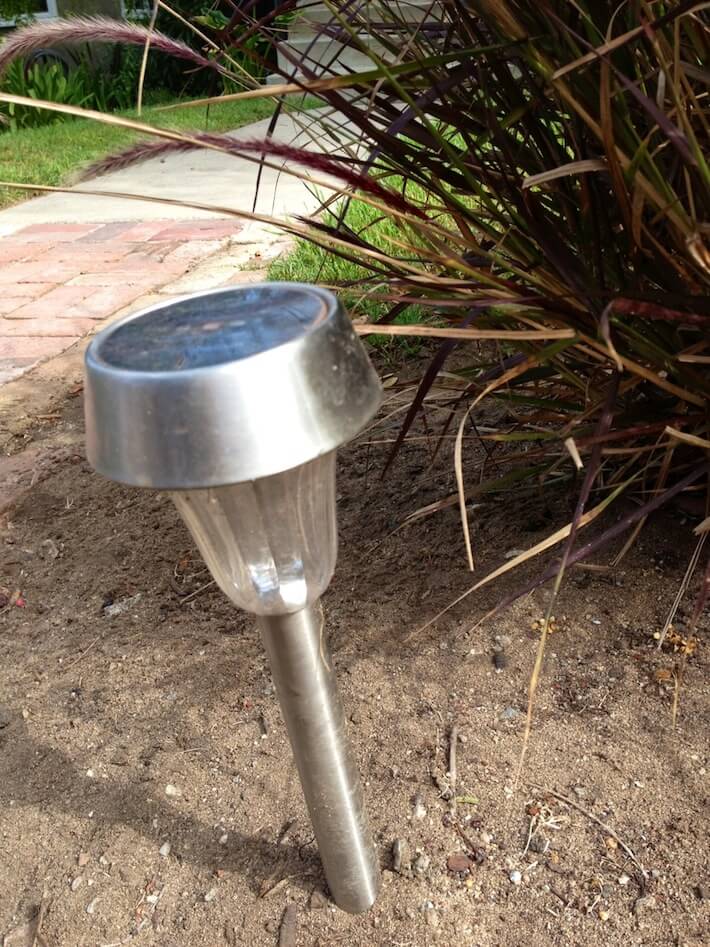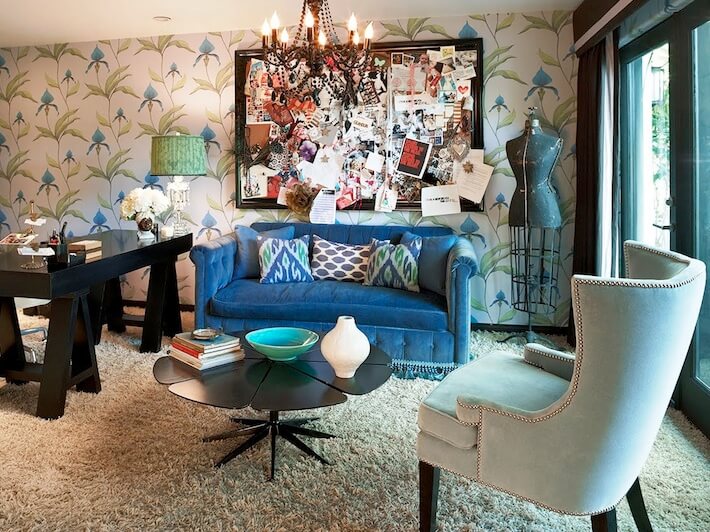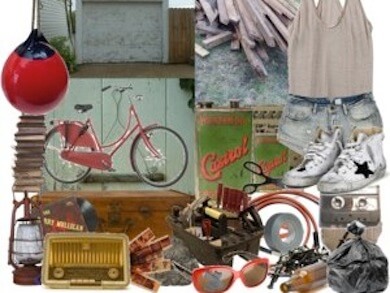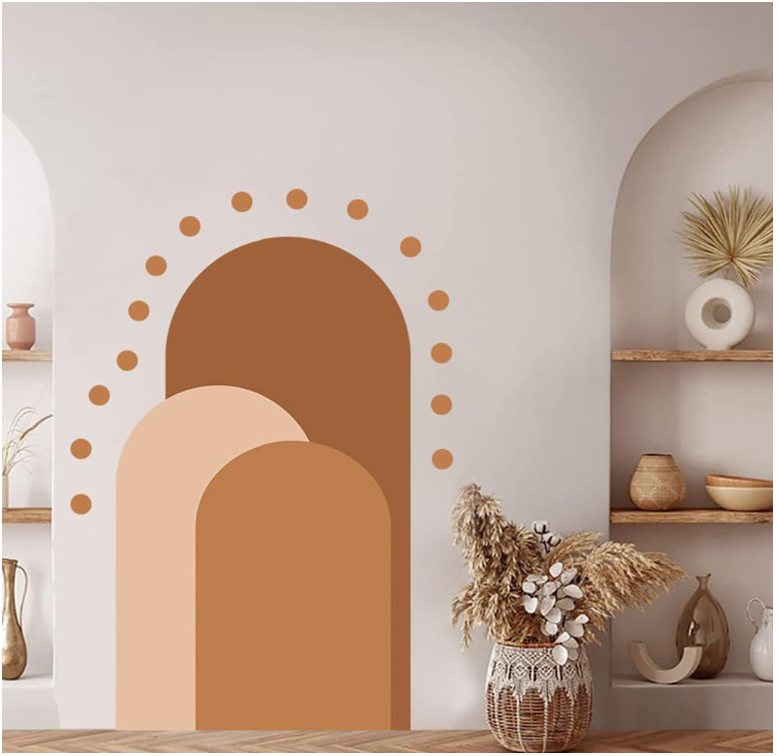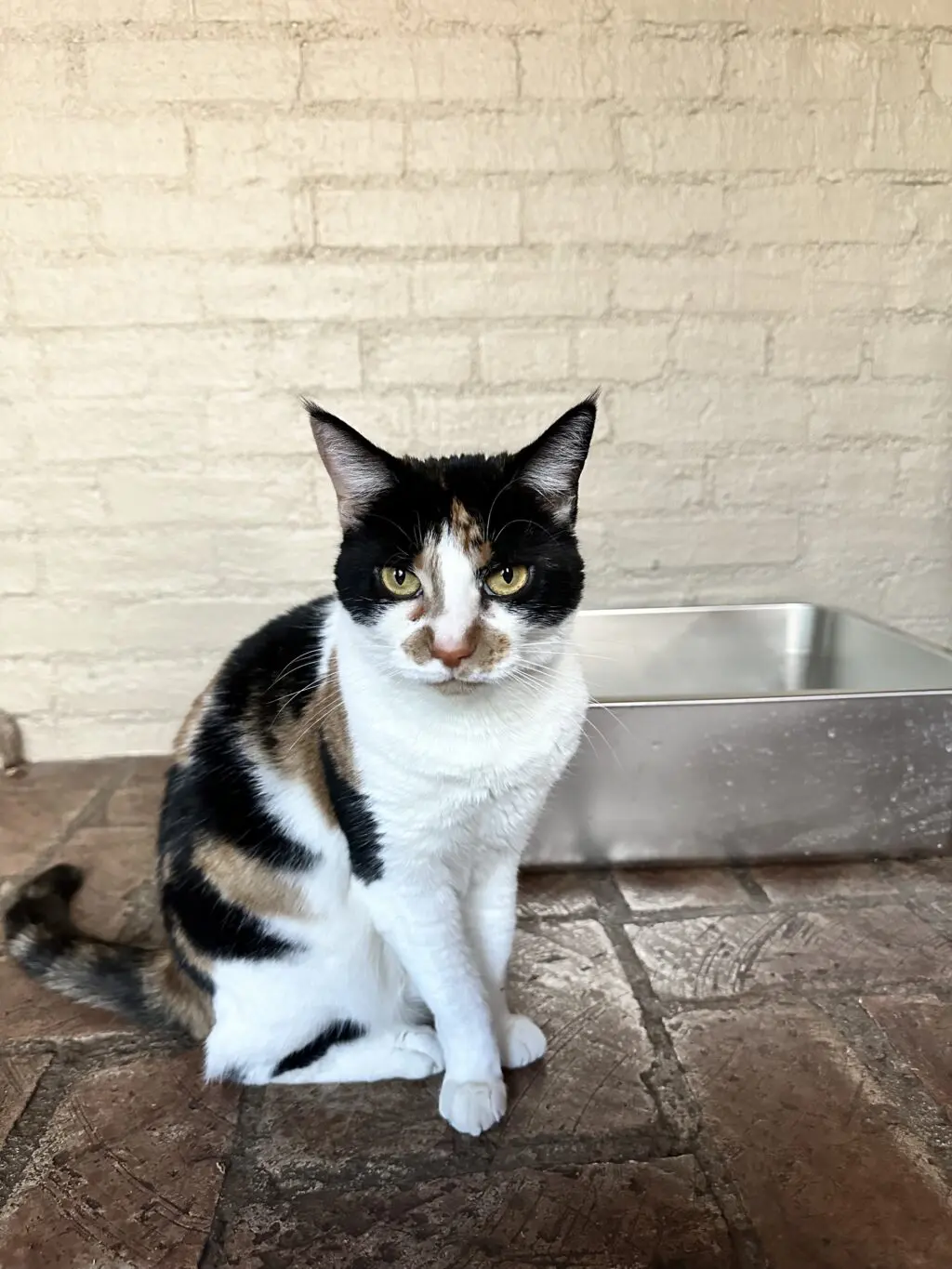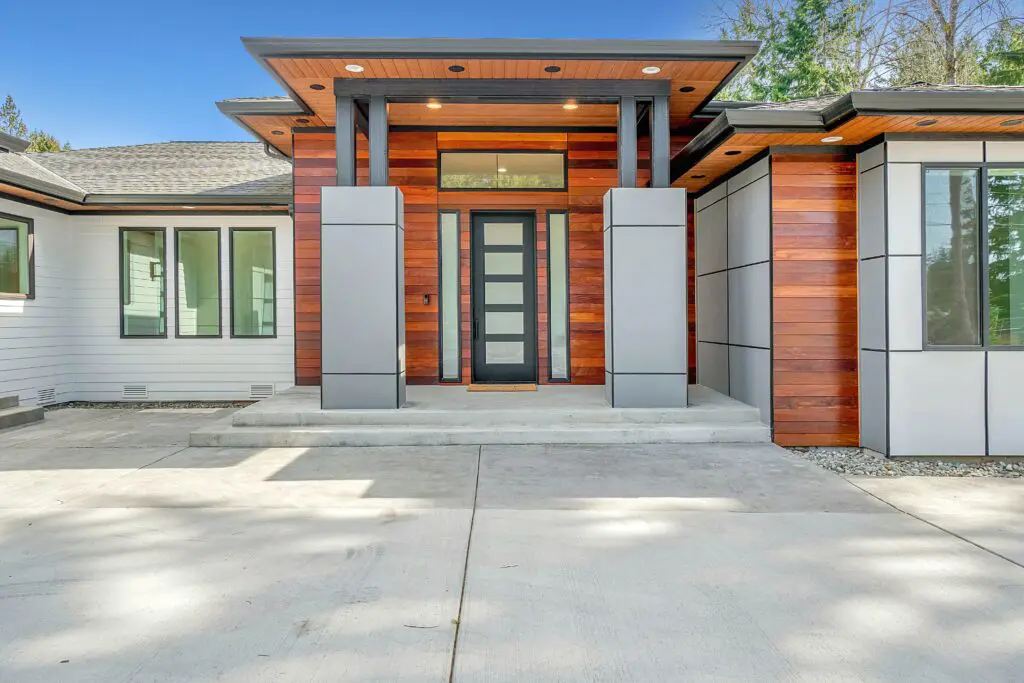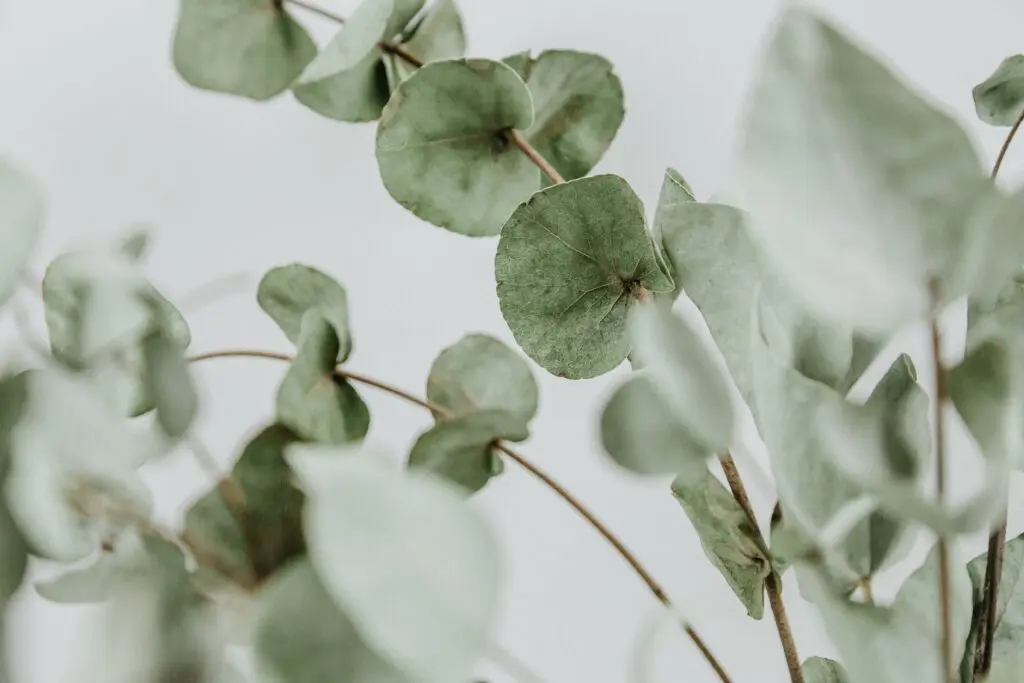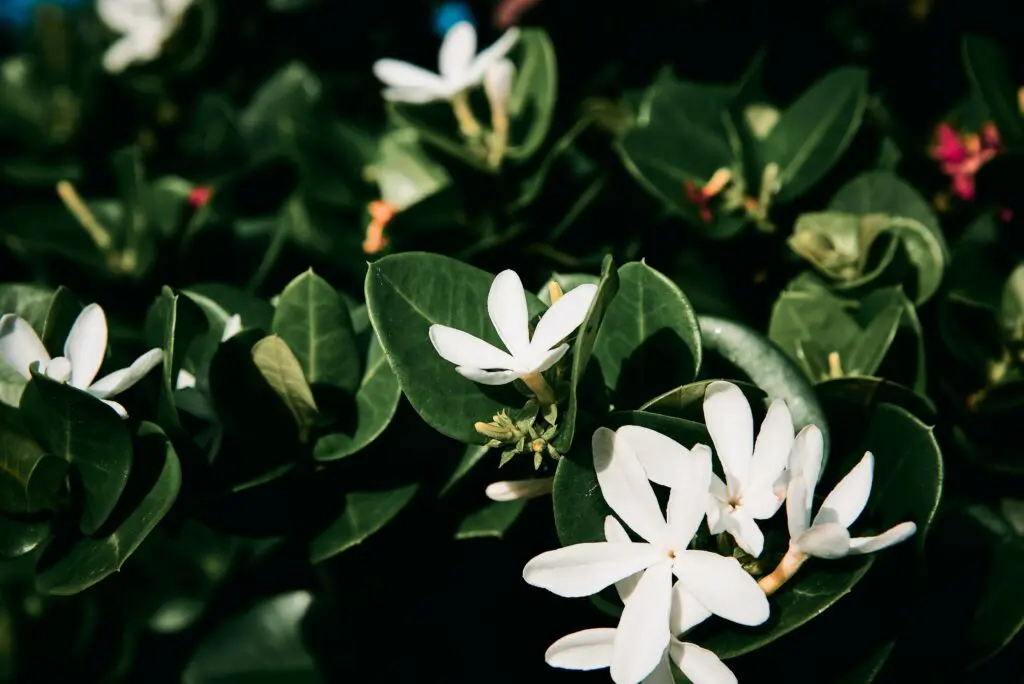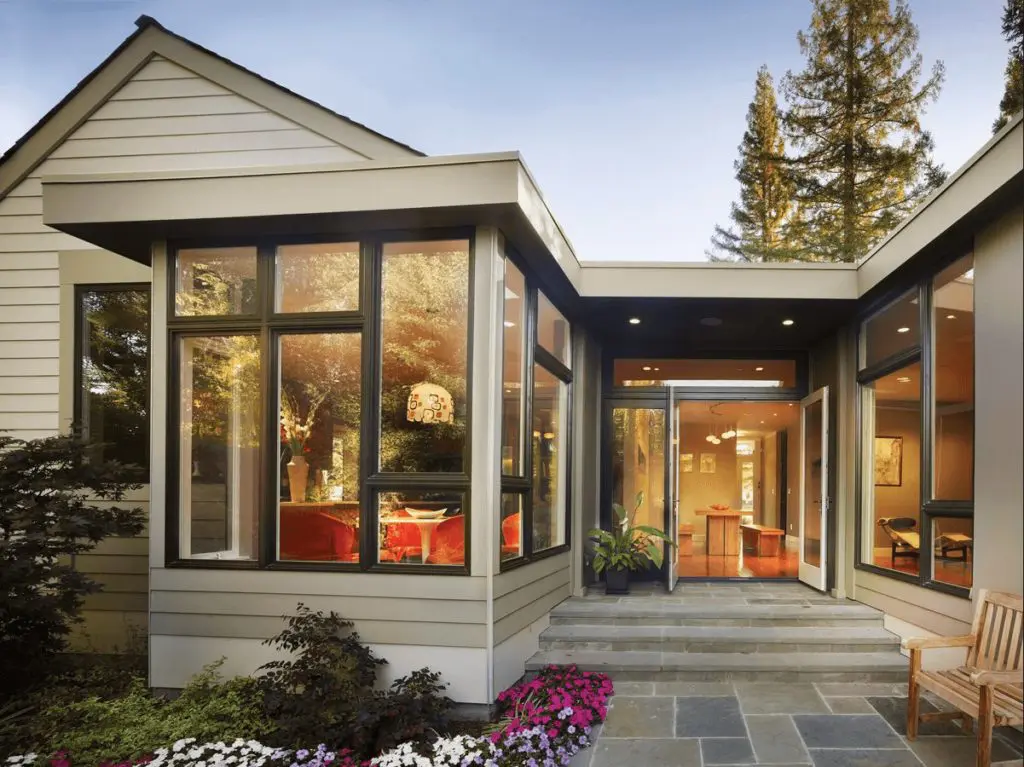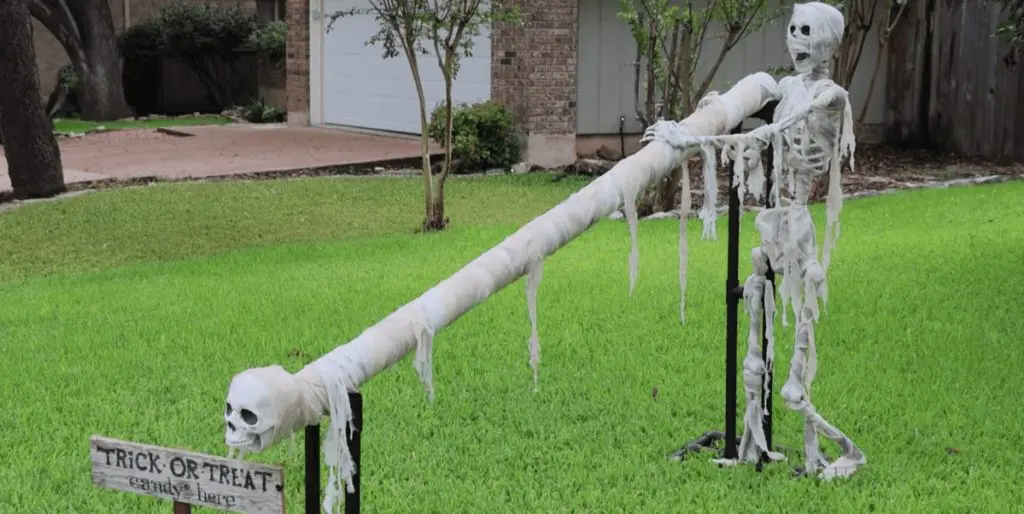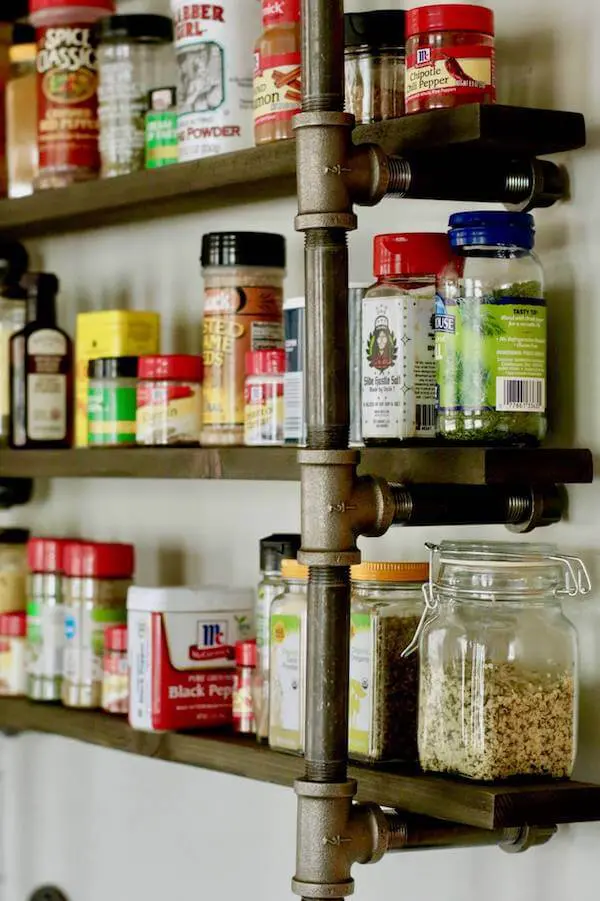Most people see the 1970s as an era of questionable fashion and tacky interior design. This might be because so much political and social change happened throughout the decade leading up to the 70s. This left little room for expression in the mind of a designer. Many refer to it as a time of “future shock”; where every artistic expression had already been tried and exhausted.
However, as more time passes, the 70s are making a comeback. No one will be rushing to the store for linoleum kitchen floors, but some of the more tolerable design aspects are starting to integrate into more design schemes.
With a little color, texture, and a clever eye for aesthetics, you can revamp any room into a groovy 1970s inspired haven. Most modern furniture can be reupholstered and made over to achieve a more vintage look.
Flower Power
Then: Bold patterns were wildly popular during this era. Geometrics and flowers, in particular, were the two most common themes used for designing a home. Everything from wallpaper to bedspreads to rugs were covered in patterns.
Now: Incorporate the geometric motif into your own bedroom by keeping the colors neutral. If you don’t want to dedicate your time and energy into pasting wallpaper onto your walls, you can buy wall decals that take up an entire wall space. You can also use patterns with accent pieces: throw pillows, rugs, curtains, etc.
Bright Colors
Then: The most popular colors of this decade were vivid shades of yellow, orange, brown, green, and turquoise. White was used to offset the boldness of these colors-from walls to floors to rugs. Sometimes, though, designers and homeowners would go bold and use one color throughout the entire room, like the first photo.
Now: It might be a good idea to ignore the old school rules when it comes designing a 70s-inspired makeover. While the wall-to-wall colors of that era might have been enough to invoke sensory overload, incorporating bright shades sparingly offers a subtle approach that is more modern, yet still gives a nod to the trend. Also consider painting some of your furniture with bright hues. Some good color combinations to keep in mind are: pink and purple, yellow and orange, yellow and green, and green and blue.
Texture and Vinyl
Then: Shag rugs and llama rugs were introduced to high fashion design during the late 1960s. They mercifully disguised complimented the linoleum floors that covered most homes. The pigment of flooring during this time was as bright as the hues used for home decor; hot pink linoleum floors would have been very desirable during this time.
Now: In order to achieve this look, you don’t have to install linoleum floors (although they might make a comeback) but you can add plushness by adding some bold shag rugs. You can also use fabric or removable wallpaper to cover an accent wall or a room divider. Other popular materials you can incorporate in furniture and accessories are Lucite, glass, vinyl, and leather.
What design trend do you love about the 70s?
